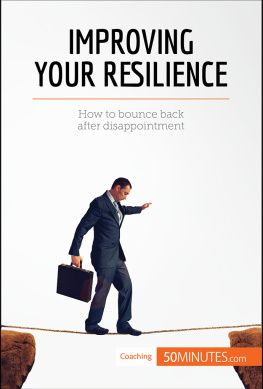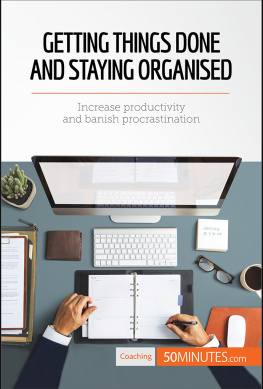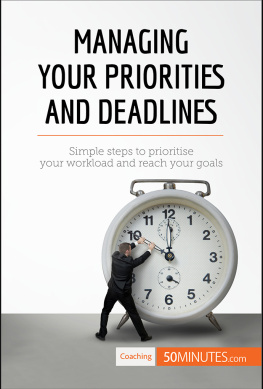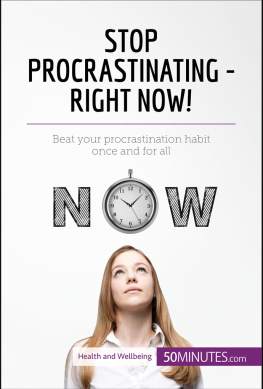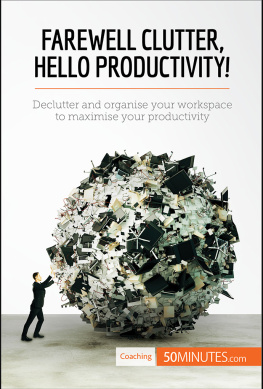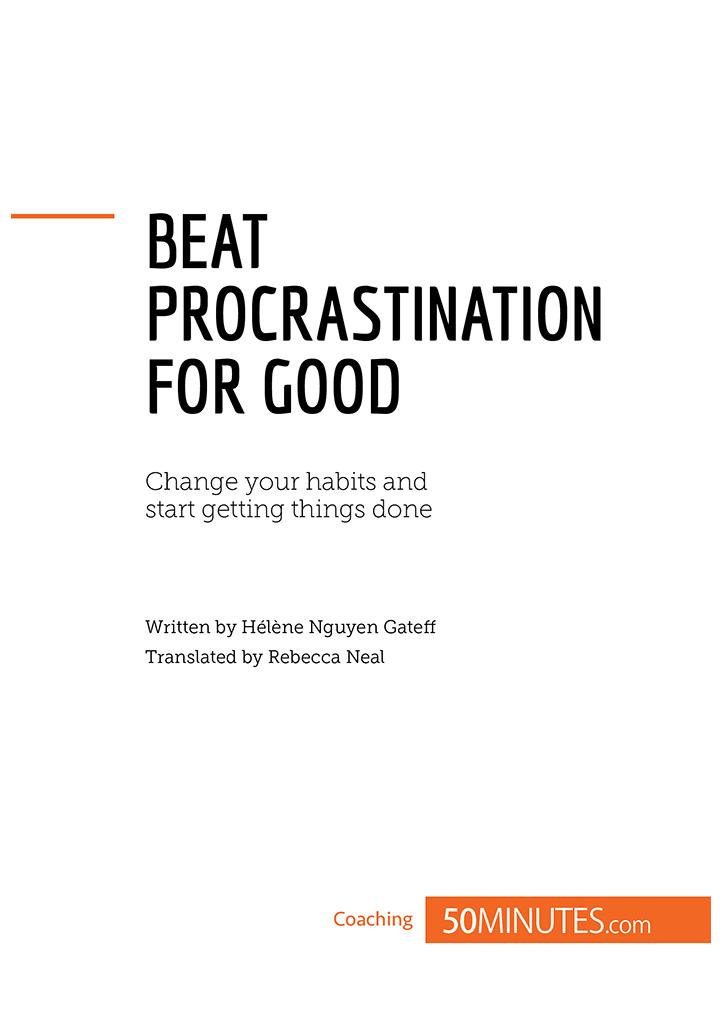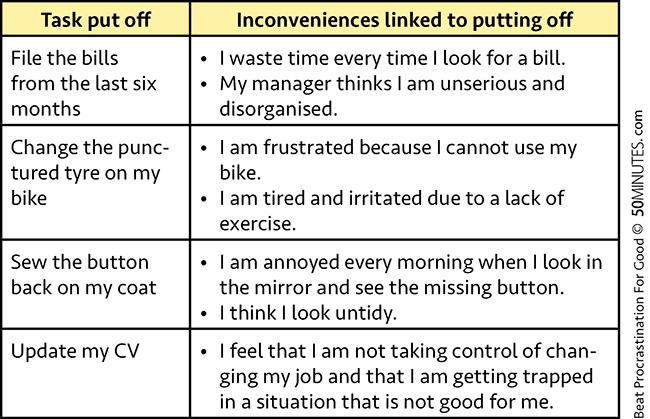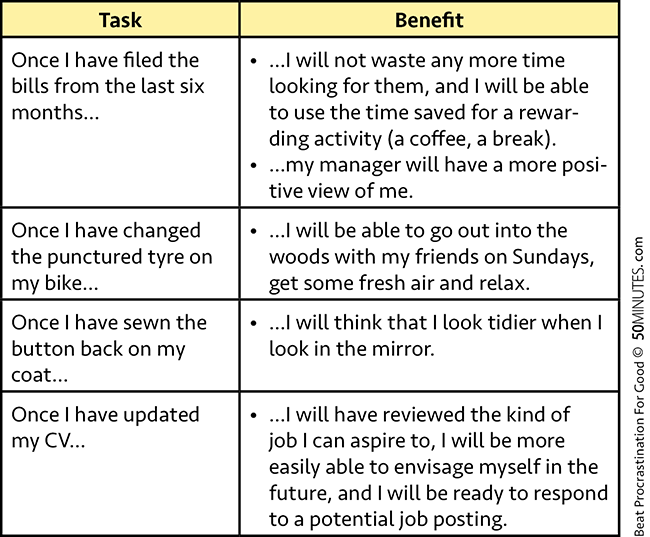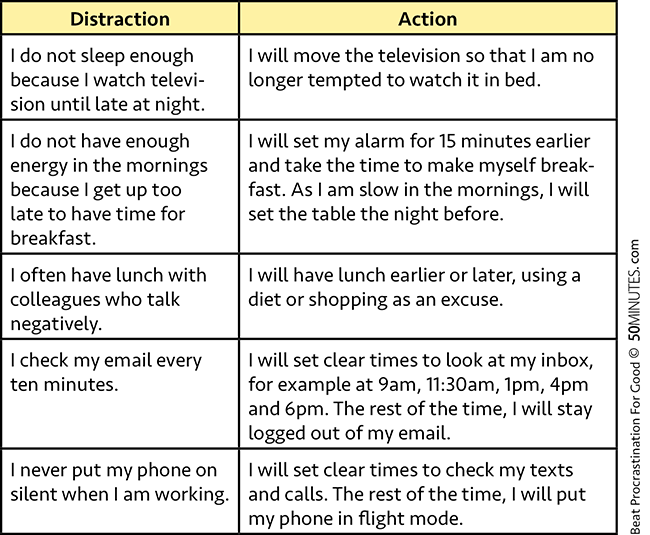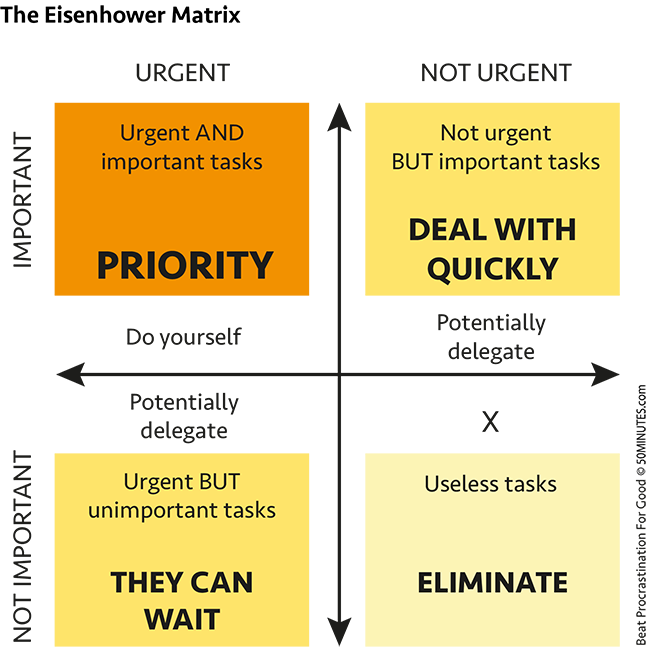50minutes - Beat Procrastination For Good: Change your habits and start getting things done
Here you can read online 50minutes - Beat Procrastination For Good: Change your habits and start getting things done full text of the book (entire story) in english for free. Download pdf and epub, get meaning, cover and reviews about this ebook. year: 2017, publisher: 50Minutes.com, genre: Home and family. Description of the work, (preface) as well as reviews are available. Best literature library LitArk.com created for fans of good reading and offers a wide selection of genres:
Romance novel
Science fiction
Adventure
Detective
Science
History
Home and family
Prose
Art
Politics
Computer
Non-fiction
Religion
Business
Children
Humor
Choose a favorite category and find really read worthwhile books. Enjoy immersion in the world of imagination, feel the emotions of the characters or learn something new for yourself, make an fascinating discovery.
- Book:Beat Procrastination For Good: Change your habits and start getting things done
- Author:
- Publisher:50Minutes.com
- Genre:
- Year:2017
- Rating:5 / 5
- Favourites:Add to favourites
- Your mark:
Beat Procrastination For Good: Change your habits and start getting things done: summary, description and annotation
We offer to read an annotation, description, summary or preface (depends on what the author of the book "Beat Procrastination For Good: Change your habits and start getting things done" wrote himself). If you haven't found the necessary information about the book — write in the comments, we will try to find it.
Ever find yourself staring at a constantly growing to-do list that you just cant bring yourself to start? Procrastination could be holding you back and stopping you from working to your full potential. Fortunately, there are a few simple steps that will enable you to finally stop putting things off and unlock new levels of productivity, both at work and at home.
In 50 minutes you will be able to:
- Effectively prioritise and organise the tasks on your to-do list
- Finally accomplish the tasks you have been putting off
ABOUT 50MINUTES.COM | COACHING
The Coaching series from the 50Minutes collection is aimed at all those who, at any stage in their careers, are looking to acquire personal or professional skills, adapt to new situations or simply re-evaluate their work-life balance. The concise and effective style of our guides enables you to gain an in-depth understanding of a broad range of concepts, combining theory, constructive examples and practical exercises to enhance your learning.
50minutes: author's other books
Who wrote Beat Procrastination For Good: Change your habits and start getting things done? Find out the surname, the name of the author of the book and a list of all author's works by series.








